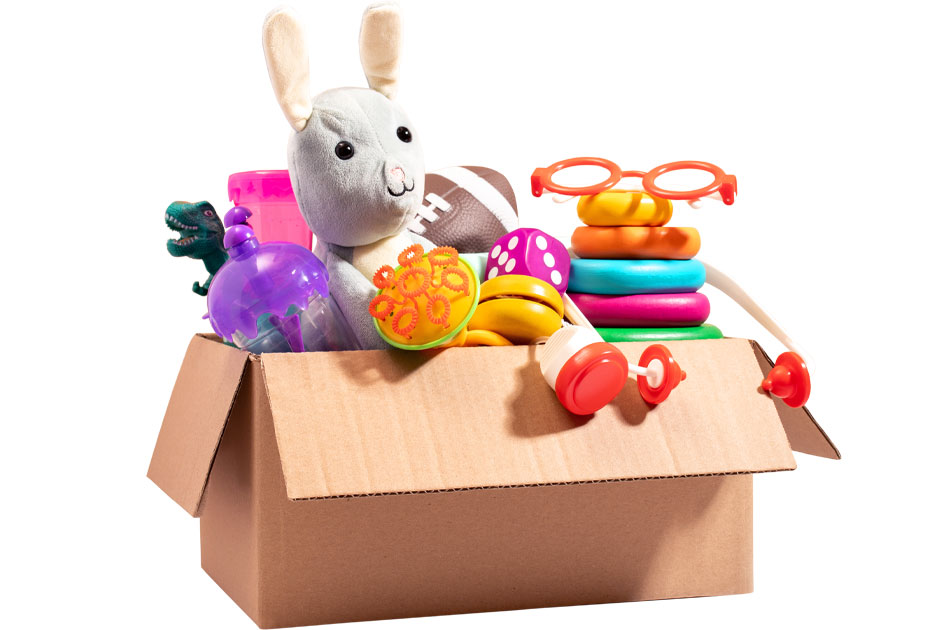Most of the time, when a child is told to write something, he or she meets the assignment with groans and, “Do I have to?” There are the exceptions of children who love and enjoy writing. For me, writing is a chance to be creative, relax, and gives me an opportunity to let my thoughts run wild. It can also be challenging at times, trying to figure out the order of my words and sentences, and how continually to push myself as a writer. These challenges are very similar to the many reasons why a child doesn’t like to write.
When it comes to writing, some children find it a difficult task to complete. They struggle with brainstorming, not knowing what to write about, or how to get their thoughts down on paper. Add in the component of using correct grammar and punctuation, writing can be challenging and painful. Together, these characteristics can make writing not a favorite thing for many children. However, children can become proficient writers with practice and the right tricks to help them.
Practicing is key to helping a child become more comfortable with writing. Start small with a simple prompt or question, and the amount you want your child to write. For example, it could be to write a sentence about what happened at school or write a paragraph about fall. The amount all depends on the child’s age and ability. Then, practice daily. Writing is a life skill that needs constant practice to get better. Even the world’s best-known writers practiced to get better over time. As a parent, you can take on the role of coach and reader for your child. Instead of correcting their writing and practice exercises, help and guide them to be better. Think of your role as being their editor who is there to offer suggestions and ideas, not use red ink on their grammar skills. A parent can still correct their child’s grammar in a coaching way.
Part of practicing includes brainstorming ideas and building your child’s vocabulary. Create a writer’s notebook with them that they carry around and where they jot down ideas they could write about. Divide the notebook into two main sections: ideas and vocabulary. For ideas, let your child write down anything that pops into their mind. It could be something they see, feel or smell. Another option is to give your child a prompt. After a trip to the grocery store or park, have them write down what they saw. Whatever the prompt may be, encourage them to use their five senses, sight, sound, touch, smell, and taste, to write. Lastly, in order to become a better writer, one must read, read, and read. The more a child reads, the more words and writing techniques they are exposed to. A child’s note in their notebook could be reflections of what they have read, and that reading can come from anything, a newspaper, book, magazine, etc.
The second section of their writer’s notebook should be about new vocabulary. It could be a new word that they learned and want to add to a story. Creating a vocabulary list of new words can help your child learn and retain them. Also, next to the word in the list, be sure to add its definition. This writer’s notebook is a great spot for taking notes and remembering ideas, thoughts, or writing techniques to help your child write.
After they have written something, read it together, but let your child do the talking. By doing so, you are teaching your child that their writing and voice matters; it is valued and you are paying attention to it. Be careful not to interrupt or correct your child during this reading. After reading, then you can go back and make suggestions. Together, these tools will guide you in assisting your child to grow stronger in writing.
To get your child started, give them the following prompt. Let them change whatever they may like, based on their interests and age level, while keeping the root of the prompt the same. Who knows where they will take the story?
The time had finally arrived! It was time to decorate for the holidays. Yet, the decorations were all the way up in the attic. They had been boxed away from last year until they were needed again. Quickly, we ran up the attic stairs to find the boxes of holiday decorations. Garland, wreaths, and lights were supposed to be hiding somewhere in the dusty, dark space. The first three boxes held nothing useful. As we started going through the fourth box, we noticed buried deep inside was an old notebook. When we reached through the paper to grab it and see what was inside, the notebook started to glow, the box began to shake, and soon, we realized that….



















